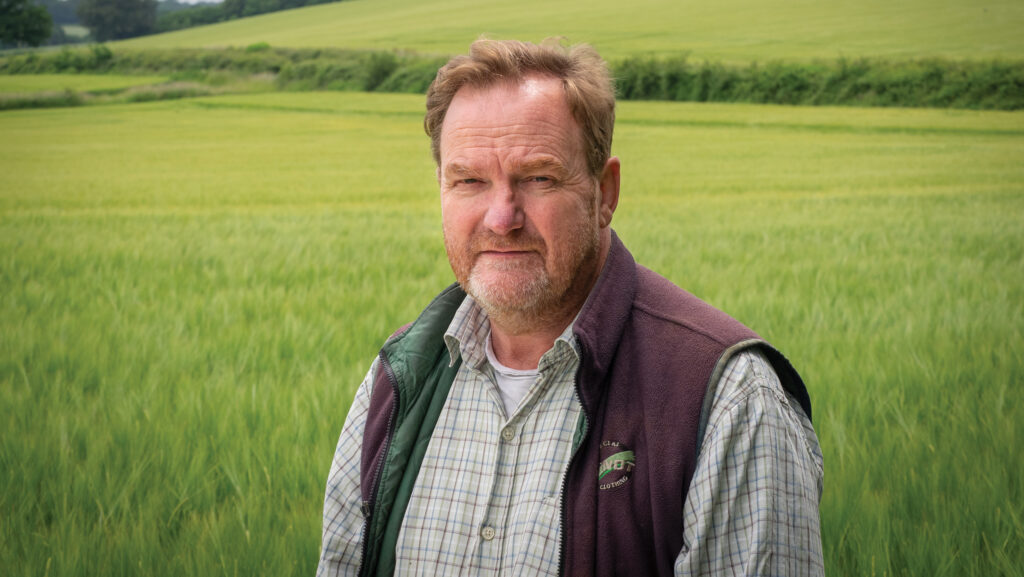Opinion: Confusion as TB arrives at Hinton Ampner – or does it?
 © Cathy Horniblow
© Cathy Horniblow Regular readers will know that I don’t often do “serious”. In nearly three decades of columns, I’ve never strayed into “glass half empty” territory. Alas, not this week. You see, TB has arrived in the parish.
Not long ago, the National Trust introduced a herd of Sussex cattle, referred to as the “home herd” in the Trust’s publicity blurb, on our old arable acres.
See also: Opinion – holiday highlighted extend of ‘non-food farming’
Very nice they look, too, wandering across the huge fields where wheat once grew, doing whatever Regen cattle do.
Unfortunately, one Saturday morning, they failed their TB test.
The news flew round the village like wildfire, and it came as a shock. It was the grimmest livestock news we’ve had since BSE day and the foot-and-mouth outbreaks, although neither of those affected us directly.
This is different. It isn’t remote. On our doorstep is a direct threat to Mrs Flindt’s beloved store cattle, snoozing in the May sunshine in the back barn, unaware of the impending storm. Our downsized farming life could be changed forever.
Hazel and I had a lengthy ponder of what we should do.
The first thing she did was resign from the cheery team of local experts which had been recruited to cast their eyes over the Sussex herds.
She apologised, but said that minimising the risks to her own cattle was paramount.
The next thing she did was start training her Blue-cross steers to shuffle through the crush, in anticipation of the inevitable flurry of vet visits.
And then we settled down to await the letters from the Ministry.
None arrived. Life continued as normal on the wider estate. Visitors and their dogs walked happily across pastures where the Sussexes had also grazed.
The local Cluster group came for an estate visit, although farmer numbers dropped dramatically after word of the TB outbreak got out.
The gilet-wearers still came in force, though. If it weren’t for some buckets of weapons-grade disinfectant in gateways, one wouldn’t know anything had happened.
One morning, there was a splutter of outrage from the West Wing. Hazel was checking the Apha website to see if Hinton Ampner’s outbreak had made it onto the system.
It had – but it hadn’t. It had been logged nearly 10 miles away, at the farm belonging to the Trust’s “farming partner” – the man who actually owned the cattle.
The Trust expert who rang to explain this geographical mystery was quite clear. The cattle were at Hinton on a “temporary land association”. They were, he explained in a way that one would to a child, “on holiday”.
As far as the Trust, the authorities and the records were concerned, nothing had happened at Hinton Ampner. Life could indeed carry on as normal.
Not so much “home” herd as “arm’s-length” herd. A 10-mile arm, too.
On the face of it, we could stop worrying. We, too, can carry on as normal. A bit of a challenge when you realise that the nation’s TB reporting system lacks fundamental geographical accuracy.
Two Sussexes were slaughtered and checked for lesions – and the results were inconclusive.
More skin tests are scheduled for July. We, and everyone farming livestock within a few miles of Hinton Ampner, await these results with interest.
Fingers crossed that I can get back to glass-half-full articles.

